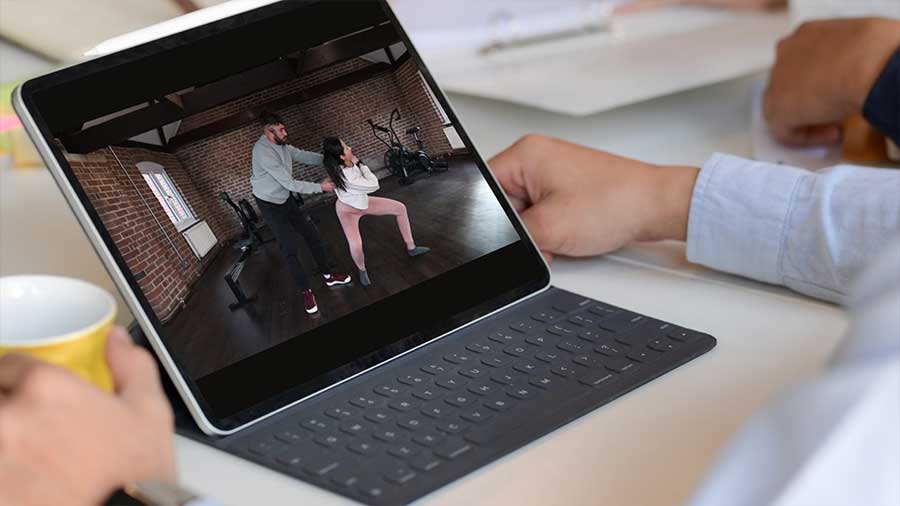WHERE TO START YOUR EL-HABITUS JOURNEY:
These aren’t just exercise programmes; they’re your guide to deeper awareness, deeper understanding; not just of how you move but why you move the way you do. Not just of muscles but of patterns of movement, breath, tension and trust. Start your El Habitus journey to moving intelligently and living intentionally with one of our online Realignment programmes.
1:1 COACHING
Our coaching is not like any other; we reframe the body not as a machine to be maximised, but as an intelligent, interconnected system to be listened to and worked with. Our methods are built on a new understanding of the body, one that optimises our spring-like properties, integrating our muscles into fascial chains, utilising your nervous system’s instinctive intelligence.
CONSULTATION
If any part of our consultation gives you even one moment of clarity – one shift in the way you view yourself, your health or training, then it’s job done. Our aim is to help change the way you feel, breathe and carry yourself. No hard selling or promises of quick fixes, just the confidence we can instil some belief into you – there’s a roadmap to a body you feel comfortable in and we can guide you there.
Not your average exercise programme.
You are not a meat-suit of muscles. You are a precisely pressurised, fluid based organism. At El Habitus, we understand how humans are designed to move. Learn with one of our well crafted, realignment programmes with easy to understand educational videos and exercise demonstrations.
100+ reviews (5 stars)
WHAT OUR CLIENTS SAY…
A video collection of testimonials.
JACK HABBIJAM
As a seasoned Personal Trainer Jack Habbijam, founder of El Habitus built the foundations of the El Habitus Method upon a combination of traditional training modalities and a deep understanding of the Nervous System.
Frequently Asked Questions
Can I do EH at the gym?
The beauty of EH programmes is that they can be done anywhere and can be combined with any other exercise regimen. Not only can it be combined, but EH programmes are designed to complement any type of training or sport. We’re all for you getting a good sweat session in any way possible, so long as you are employing good mechanics and movement that will not cause strain on your body.
Will EH increase my flexibility and mobility?
At EH, we like to say that flexibility and mobility is the result of good sensory feedback. Meaning if your brain can understand the signals clearly then it is able to transfer these signals over to movement in the end ranges of joint capacity. With consistent practice utilizing EH concepts, you will notice more mobility and have increased flexibility almost immediately.
I'm an elite athlete - isn't this just for beginners?
No, if you are a human, this is for you! In fact, elite athletes usually notice quicker, increased results, as they’re much more in tune with their body. In high level sport, especially combat sport where milliseconds in reaction time become the difference between life and death. This programme is designed for elite athlete and absolute beginners.
Where is the best place to start?
Where is the best place to start?
Online Programmes
“The Realignment” for Adults
An extraordinary introductory programme designed to restore your natural fascial state and induce optimal anatomical alignment, peak physical performance and mental well-being.
“The Alignment” for Kids
– Coming Soon
A playful yet intelligent programme designed to support natural movement development, build body awareness, and create strong foundations for lifelong physical and emotional confidence.
Brain Training
– Coming Soon
A dynamic programme designed to enhance cognitive function, improve coordination, and build the neural foundations for sharper thinking, emotional balance, and whole-body learning.













